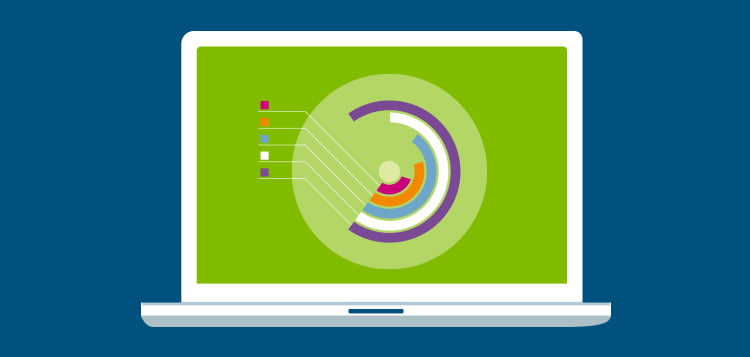The Development Of Web Site Layout: From Past To Present
The Development Of Web Site Layout: From Past To Present
Blog Article
Write-Up Developed By-Kahn Clarke
In the past, sites were straightforward and concentrated on information. look at this web-site was straight, and design was for desktops. Currently, customer experience is vital. Information guides layouts for very easy navigation. Receptive formats suit various tools. Today, dark mode reduces pressure, and minimal menus boost navigation. Interactive attributes engage customers, and bold visuals stand apart. AI combination improves interaction. See how design has progressed to enhance your on-line trip.
Very Early Days of Web Design
In the early days of website design, simpleness preponderated. Web sites were standard, with limited colors, typefaces, and formats. The emphasis got on offering information instead of flashy visuals. Individuals accessed the internet via slow-moving dial-up links, so rate and functionality were essential.
Navigating menus were straightforward, normally situated on top or side of the page. Web sites were developed for desktop, as mobile browsing wasn't yet widespread. Material was king, and designers focused on simple readability over intricate style aspects.
HTML was the key coding language used, and developers needed to function within its restraints. Animations and interactive attributes were marginal compared to today's criteria. Websites were static, with little vibrant web content or individualized user experiences.
Rise of User-Focused Layout
With the evolution of web site style, a change in the direction of user-focused design concepts has actually become increasingly popular. Today, producing websites that focus on user experience is vital for involving site visitors and achieving service objectives. User-focused design includes understanding the requirements, preferences, and habits of your target market to customize the internet site's design, content, and includes as necessary.
Designers currently carry out detailed study, such as customer studies and use screening, to collect insights and comments directly from individuals. This data-driven method assists in developing intuitive navigation, clear calls-to-action, and aesthetically attractive user interfaces that resonate with visitors. By placing the individual at the facility of the design process, websites can provide an extra individualized and delightful experience.
Responsive style has actually likewise become a key aspect of user-focused design, ensuring that sites are maximized for numerous gadgets and display dimensions. This adaptability boosts ease of access and functionality, dealing with the varied means customers engage with internet sites today. Basically, the rise of user-focused layout signifies a change in the direction of creating digital experiences that focus on the needs and assumptions of the end customer.
Modern Trends in Web Design
Explore the latest fads forming web design today. One famous fad is dark setting layout, supplying a sleek and modern look while minimizing eye strain in low-light environments. Another crucial trend is minimalist navigating, simplifying food selections and boosting user experience by focusing on essential elements. Incorporating micro-interactions, such as computer animated switches or scrolling effects, can develop an extra interesting and interactive internet site. Responsive design continues to be critical, making certain smooth user experiences throughout different tools. Additionally, utilizing vibrant typography and asymmetrical layouts can add aesthetic rate of interest and draw attention to particular web content.
Integrating AI technology, like chatbots for consumer assistance or tailored referrals, improves individual involvement and enhances processes. Ease of access has additionally become a substantial fad, with developers prioritizing inclusive layout methods to cater to diverse user requirements. Welcoming sustainability by optimizing site efficiency for speed and efficiency is one more emerging trend in website design. Collaborating with user feedback and information analytics to iterate and boost design continuously is necessary for staying relevant in the ever-evolving digital landscape. By welcoming these modern fads, you can create an aesthetically attractive, easy to use internet site that resonates with your audience.
Conclusion
As you assess the evolution of web site layout from the early days to currently, you can see how user-focused design has come to be the driving force behind modern trends.
Welcome the trip of adjustment and adaptation in web design, constantly keeping the user experience at the leading edge.
Tippingpointdigital
Remain current with the current trends and technologies, and never quit developing your approach to develop visually stunning and user-friendly internet sites.
Evolve, adapt, and create - the future of website design is in your hands.
